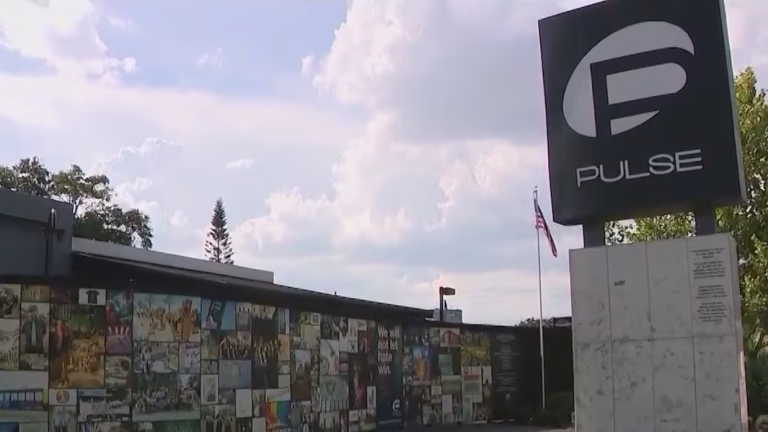In 1967, Orlando, Florida, experienced significant developments that shaped its future growth. The city saw the completion of the...
orlando
Hidden gems aren’t hard to come by in Orlando — you just have to seek them out. From storied...
A proposed memorial for the victims of the 2016 Pulse nightclub massacre will not be on the...
Gentrification of the Orlando Parramore district downtown continues. Back in 2014 super progressive, liberal Mayor Buddy Dyer...
Dozens of cats were likely killed in a fire at the Pet Alliance of Greater Orlando location...
Visit Orlando – the area’s official tourism association – is extending Visit Orlando’s Magical Dining.
About that eternal lockdown: The principle of “Hanlon’s Razor” holds that we shouldn’t credit malice for actions...
Florida’s unemployment rate was unchanged from October at 6.4%, but Orlando recorded the highest number of any...
If we’re talking haunted or creepy destinations in Florida, of course, St. Augustine is going to top...
The Puerto Rican population in Central Florida returned to pre-Hurricane Maria levels, according to the latest American...
Central Florida, a tourism-dependent region walloped by the coronavirus pandemic, hold four of the top seven highest...
Orlando’s Dandelion Community Cafe has permanently closed amid the coronavirus pandemic and after employees there said they...






